International Women's Day: The Natural Power of Women
With this Thursday being International Women’s Day it couldn't be a more appropriate time to discuss the female heritage of Wing Tsun Kung Fu and its empowering methodology.
Typically martial arts requires females to act in a more masculine way (consciously or unconsciously), because they are attempting to match the male methods of frontal aggression and use of force (just think of boxing as an example). Not only is this disempowering, but it is also putting women at an inherent disadvantage. Wing Tsun, however, completely changed this paradigm, making it both desirable to act in a more natural feminine manner and, far more powerful to do so. The irony in modern Wing Tsun classes is that it is majority male, with a maximum of 30% women attending (and often far less). While I have trained numerous female teachers over the years, it still pales in relation to the number of males. Perhaps now is the time that this male dominance of the art will change. Time to reclaim this female heritage I feel…
The history of Wing Tsun is steeped in female influence. Not only is it named after a lady, Yim Wing Tsun, but there were actually 3 women involved in its creation. This is more profound than it may seem - no other martial art in the world was created by a female, let alone three.
What is less well known is that the heritage of the Shaolin Temple, where Wing Tsun came from, is based on the teachings of a female. Bodhidharma, who brought Zen (Chan in Chinese) into China and introduced the concept of enlightenment through physical movements, was taught by a female master called Prajñatara. It was through her insistence that Bodhidharma went to China, so from 520AD the Shaolin Temple had a strong female teaching at its heart. Fast forward 1,200 years and it is, therefore, no coincidence the last surviving heir of the Ming Dynasty, Princess Changping, choose the Shaolin Temple as her refuge. She was to become the nun Ng Mui, and begin the first chapter of Wing Tsun…
Wing Tsun’s effectiveness is renowned - from saving lives in self-defence to training military, police and Special Forces units throughout the world. What is less understood, however, is the reason why it is so potent. And it is a really simple reason… the fundamental female influence. While other martial arts talk about how to fight someone, Wing Tsun instead focuses on how to win. Although at first blush this seems similar, the approach is radically different.
Wing Tsun starts from the viewpoint that the opponent is always taller, faster, stronger, more powerful and highly skilled. If you are physically smaller and weaker you cannot afford to play the “Rocky” game of trading punches - that way you are guaranteed to lose (not to mention the potentially serious repercussions from repeated blows to the head). Realising this, the founders took a completely different strategy, knowing that the only real question to ask was ‘how can I win in the fastest, easiest manner?’.
The resulting answer was the creation of a ‘blueprint for success’, which allowed for each individual to apply the principles to any scenario or opponent. These principles were revolutionary, ditching all the previous religious and animal moves of the Shaolin and instead only focusing on natural body movements. Wing Tsun was all about harnessing the natural potential of the human being. Following the Zen wisdom, it taught you to first look at yourself, instead of worrying about another. It took away that fear and intimidation, replacing it with complete certainly.
These natural ways of winning created a whole new paradigm of martial arts methods. These included: using relaxed force to generate the maximum speed and power with the minimum effort; to never use blocks, only deflections, allowing the opponents force to be turned against them; to use simultaneous attacks and defence to increase speed and effectiveness; to move in close to surprise and shut down the opponents options; to only strike weak points; to use the shortest possible lines in defence and attack and; to make all strikes non-telegraphic, through utilising the elbow not the shoulder, so that the opponent can never see it coming.
It’s rare you find any of these in other martial arts, let alone all of these combined. When you truly understood these, you come to the realisation that whatever an opponent does can be utilised to your advantage. A powerful message indeed, and one that still resonates strongly today…
Finally, Wing Tsun also took the enlightened approach that fighting and physical force never wins in the long run - something, us males, have difficulty to make as our way of life. ‘Might is right’ has too long been the maximum that most physical arts (and indeed methods of management and strategy) have taken. It’s time to realise that winning and fighting are diametrically opposite. It is then you are finally presented with the beautiful paradox of Wing Tsun; you learn these sublime skills, and by doing so, you never have to use them…
Sifu

